
Laura Geggel
Laura is the managing editor at Live Science. She also runs the archaeology section and the Life's Little Mysteries series. Her work has appeared in The New York Times, Scholastic, Popular Science and Spectrum, a site on autism research. She has won multiple awards from the Society of Professional Journalists and the Washington Newspaper Publishers Association for her reporting at a weekly newspaper near Seattle. Laura holds a bachelor's degree in English literature and psychology from Washington University in St. Louis and a master's degree in science writing from NYU.
Latest articles by Laura Geggel
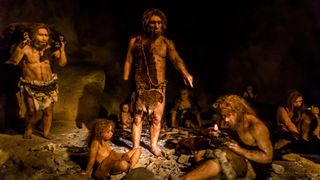
Neanderthals cared for 6-year-old with Down syndrome, fossil find reveals
By Laura Geggel published
The unique shape of an ear bone belonging to a Neanderthal child found in a cave in Spain suggests that she had Down syndrome.
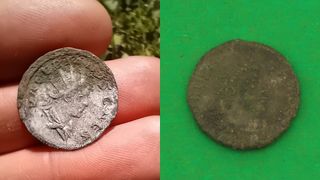
1,600-year-old coin discovered in Channel Islands features Roman emperor killed by invading Goths
By Laura Geggel published
Archaeologists on the Channel Islands off the coast of France have found two coins from the Roman era.
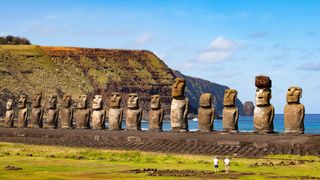
Easter Island (Rapa Nui) and its famous Moai statues
By Owen Jarus published
The island of Rapa Nui, the most isolated inhabited landmass on Earth, is known for its massive Moai statues.
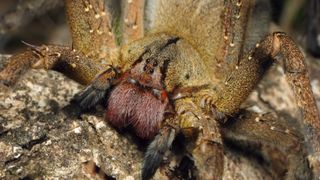
Brazilian wandering spiders: Bites & other facts
By Jessie Szalay last updated
Brazilian wandering spiders don't build webs but crawl on the forest floor at night in search of prey, which they kill with neurotoxic venom.
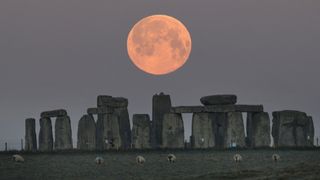
'Major lunar standstill' may reveal if Stonehenge is aligned with the moon
By Laura Geggel published
Is Stonehenge aligned with the moon? Scientists hope to find out during a rare 'major lunar standstill, which happens once every 18.6 years.
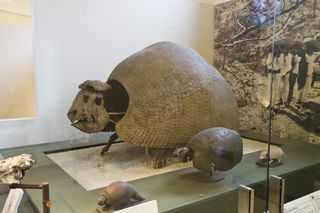
15 extinct giants that once roamed North America
By Laura Geggel last updated
Countdown Until the end of the last ice age, American cheetahs, enormous armadillolike creatures and giant sloths called North America home. But it's long puzzled scientists why these animals went extinct about 10,000 years ago.
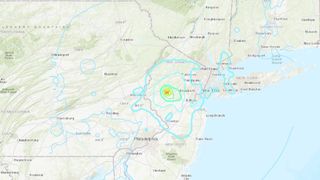
Rare magnitude 4.8 and 3.8 earthquakes rock Northeast, including Greater New York area
By Laura Geggel last updated
Magnitude 4.8 and 3.8 earthquakes struck New Jersey and rocked the Northeast on Friday (April 5).
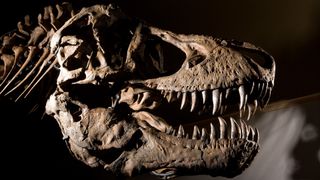
Tyrannosaurus rex: Facts and photos of the dinosaur king
By Laura Geggel last updated
Tyrannosaurus rex was one of the largest carnivorous dinosaurs that ever lived.
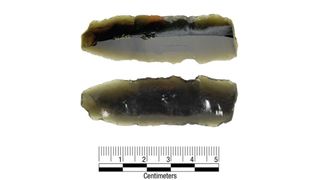
Obsidian blade could be from Coronado expedition fabled to be looking for 'Cities of Gold'
By Laura Geggel published
The blade, possibly dropped during Coronado's expedition in 1541, was found in a Texas collector's stash.
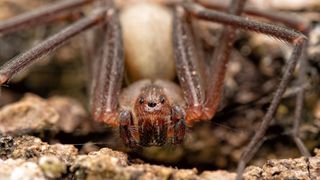
Brown recluse spiders: Facts, bites & symptoms
By Laura Geggel last updated
Reference Here's what to know about brown recluse spiders and how to avoid getting bitten by them.
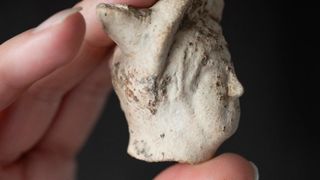
'Incredibly rare' head of deity Mercury reveals previously unknown Roman settlement in UK
By Laura Geggel published
Archaeologists in England unearthed a 2,000-year-old clay head of a figurine depicting the Roman god Mercury.
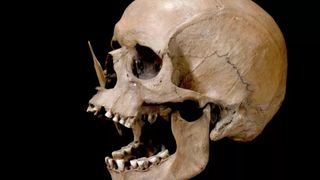
2 waves of mass murder struck prehistoric Denmark, genetic study reveals
By Laura Geggel published
Two waves of mass death hit prehistoric Denmark, with farmers wiping out hunter-gatherers and pastoralists later wiping out the farmers.

Scroll charred in Mount Vesuvius eruption partially deciphered, earning researchers $700,000 prize
By Laura Geggel published
Machine learning has helped decipher part of an ancient carbonized scroll found in a villa that likely once belonged to Julius Caesar’s father-in-law.
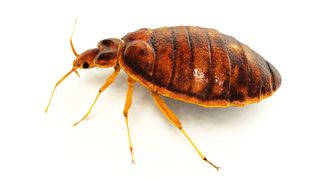
Bedbugs plagued Britain 1,900 years ago, Roman fort near Hadrian's Wall reveals
By Laura Geggel published
The earliest known evidence of bedbugs in Britain was found at a first-century fort near Hadrian's Wall.

Why are bananas berries but strawberries aren't?
By Laura Geggel last updated
Why is a banana a berry but a strawberry isn't? Turns out, berries can be hard to define, even for scientists.
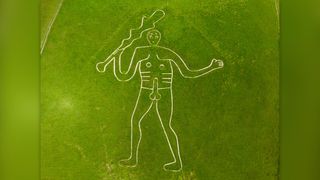
180-foot early medieval carving of naked bald man with club is probably Hercules, new study suggests
By Laura Geggel published
The huge chalk carving in the English countryside was likely a meeting place for local forces rallying against the Vikings.
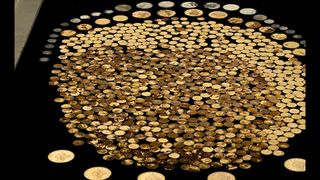
The most extraordinary archaeological findings of 2023
By Laura Geggel published
2023 was an outstanding year for finding ancient hoards, creating reconstructions and discovering burial.
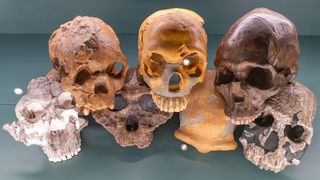
10 things we learned about our human ancestors in 2023
By Laura Geggel published
Findings about our human ancestors continue to surprise us, especially those from 2023.
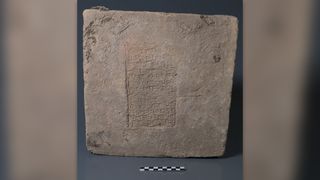
Iron oxide baked into Mesopotamian bricks confirms ancient magnetic field anomaly
By Laura Geggel published
About 3,000 years ago in ancient Mesopotamia, brickmakers imprinted the names of their kings into clay bricks. Now, an analysis of the metal grains in those bricks has confirmed a mysterious anomaly in Earth's magnetic field.
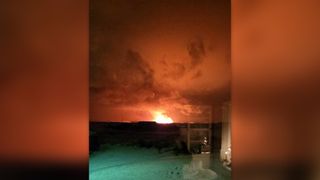
Iceland volcano erupts as thousands of people evacuate
By Laura Geggel, Harry Baker published
The volcano on Reykjanes peninsula in Iceland began erupting on Monday (Dec. 18).

Why are tarantulas so hairy?
By Elise Poore published
Tarantulas use their "hair" for all kinds of things, including smelling and tasting.
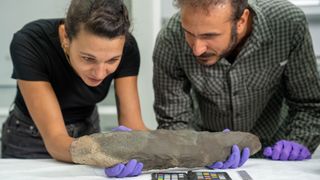
Ancient 20-inch-long hand ax discovered in Saudi Arabia may be world's largest
By Laura Geggel published
What may be the world's largest prehistoric hand ax, measuring over 20 inches long, was found in Saudi Arabia.
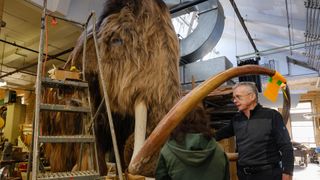
'It's really quite remarkable': An interview with elephant expert Ross MacPhee about the giant pachyderms
By Laura Geggel published
In this interview, elephant expert Ross MacPhee explains how the giant animals' tusks record every week of their lives and why their noses are so remarkable.
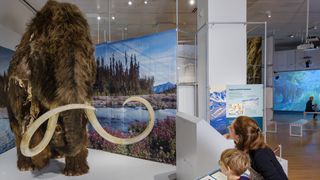
Dwarf elephants and shedding mammoths shine at NYC's 'Secret World of Elephants'
By Laura Geggel published
A new show on "The Secret World of Elephants" at the American Museum of Natural History in New York City dishes on the evolution and remarkable lives of these huge (and sometimes dwarf) pachyderms.
Get the world’s most fascinating discoveries delivered straight to your inbox.

